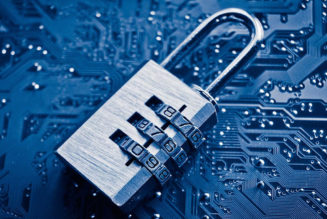Ericsson has released a Connected Energy Utilities report in partnership with Arthur D. Little, highlighting the significance of cellular technology in the digitalisation of the energy sector.
As energy costs and demand for electricity rise, the report explores a vision of the near future in which the utility sector harnesses cellular connectivity to mitigate the increasing complexities of meeting the needs of a rapidly evolving electric grid and consumer demand profiles – enabling utility providers to expand capacity, optimise utilisation of infrastructure, increase grid reliability, and boost operational efficiency through a secure and reliable network.
In addition to growing demand and an ever-evolving mix of energy sources, the utility sector is also facing growing challenges in cost control and cybersecurity. With the demand for electricity growing at an expected 2% compounded annual growth rate (CAGR) over the next two decades, the report notes that utility providers need to make investments in new technologies in order to meet these demands and best serve consumers. Ericsson technology provides management services for private networks, public mission-critical infrastructure and IoT deployments.
Also highlighted in the report are changes in the energy value chain. As renewable energy sources continue to become more available and viable, consumers are becoming “prosumers,” feeding energy back into the grid – through solutions such as residential rooftop solar PV – while simultaneously consuming it, shifting the value chain from traditional one-way electricity flow to being circular in nature. 4G LTE technologies in particular will prove to be crucial over the next decade and beyond in handling the bi-directional energy flow from prosumers and increased fluctuations in power production stemming from renewable energy sources, with 5G connectivity expected to come into play in the future.
Koustuv Ghoshal, Vice President & Head of Utilities, Ericsson, says, “Cellular connectivity is helping to accelerate the digital transformation of utilities. Electrical infrastructure has an operational lifetime of up to five decades. So for utilities, connectivity technology is a worthwhile investment as it will continue to provide extensive business value for years to come. As power generation methods expand to include renewables and the demands on transmission/distribution grids become more complex, it is vital for the utility sector to evolve along with it through continued integration of advanced cellular technology.”
Several benefits of this technology have already been proven, supporting internal communications, worker safety, automation, user experience and insight-driven innovation, bringing digitalisation to the forefront of efficient business operations. While still evolving, cellular technology also already presents use cases of real time data exchange, automatic grid fault detection, distribution automation, connected electric vehicle charging, and building energy management and optimisation. Ericsson’s report also highlights future use cases in partnership with enterprises across the globe such as Thales, Chungwa Telecom, Southern Linc, and Blue Corner, from remote site drone inspections and a digitally-enabled workforce to modernisation of legacy communications and predictive maintenance.
Staff writer









Tagged: Mining & Energy, Mobile and Telecoms, Top Stories